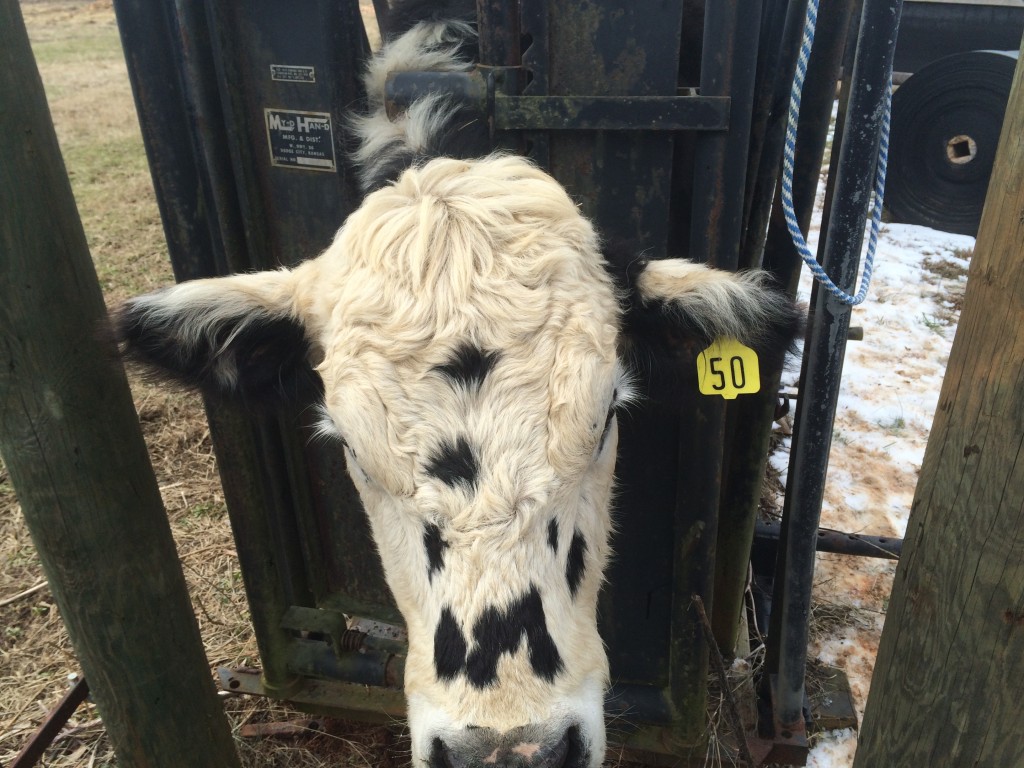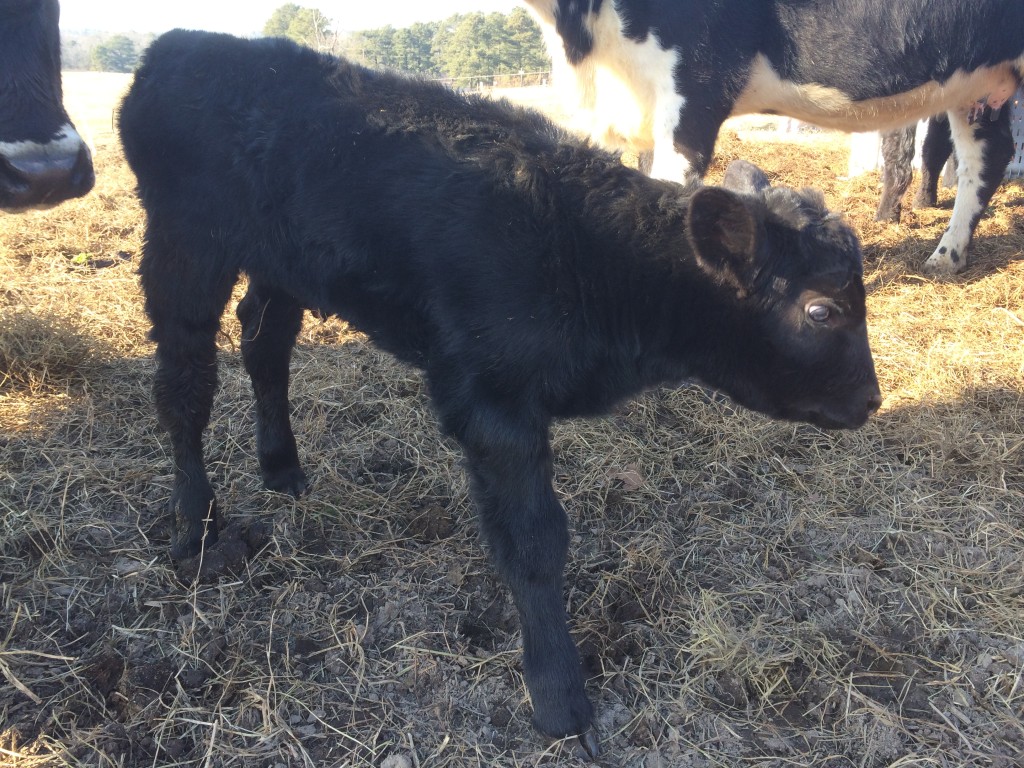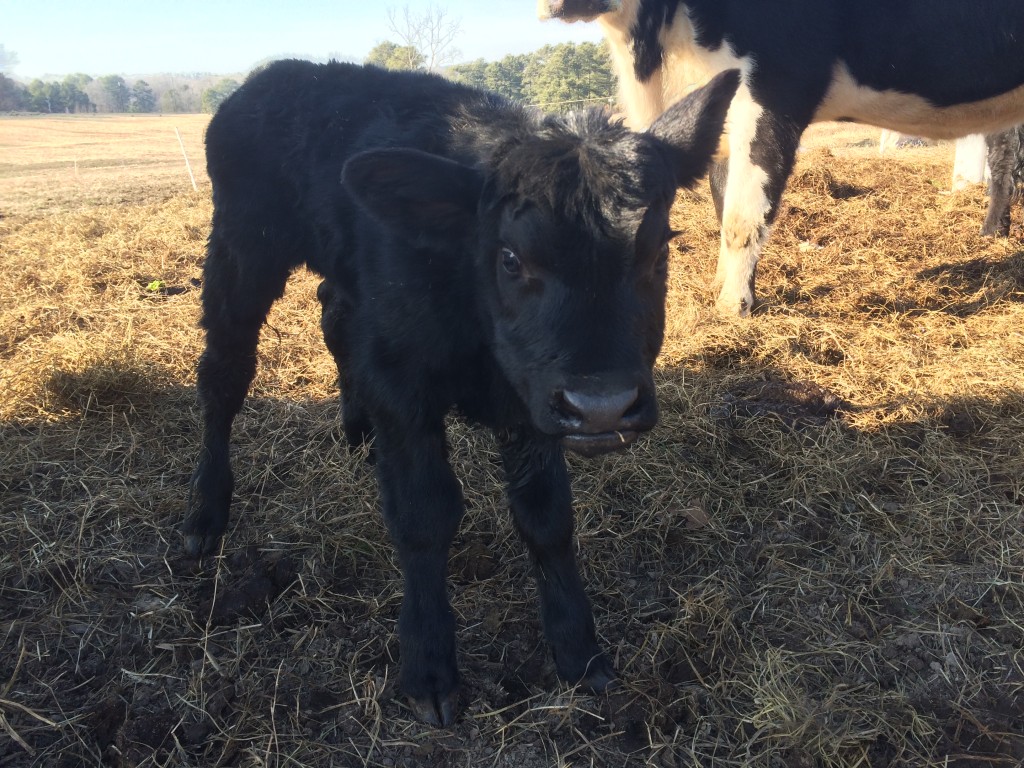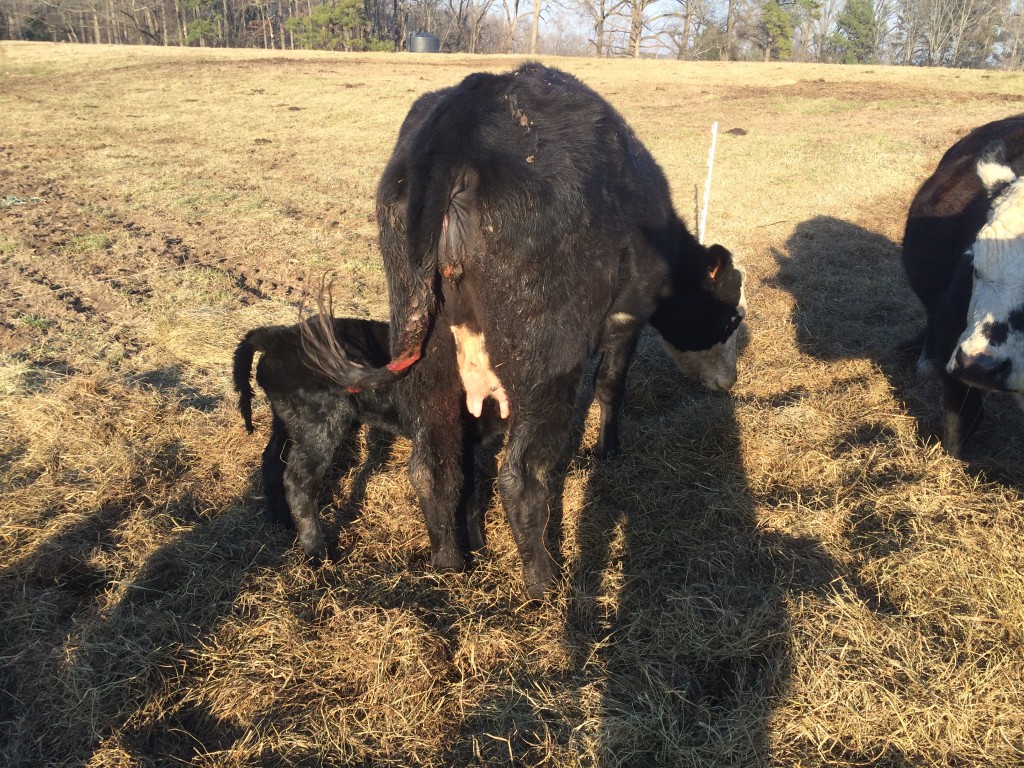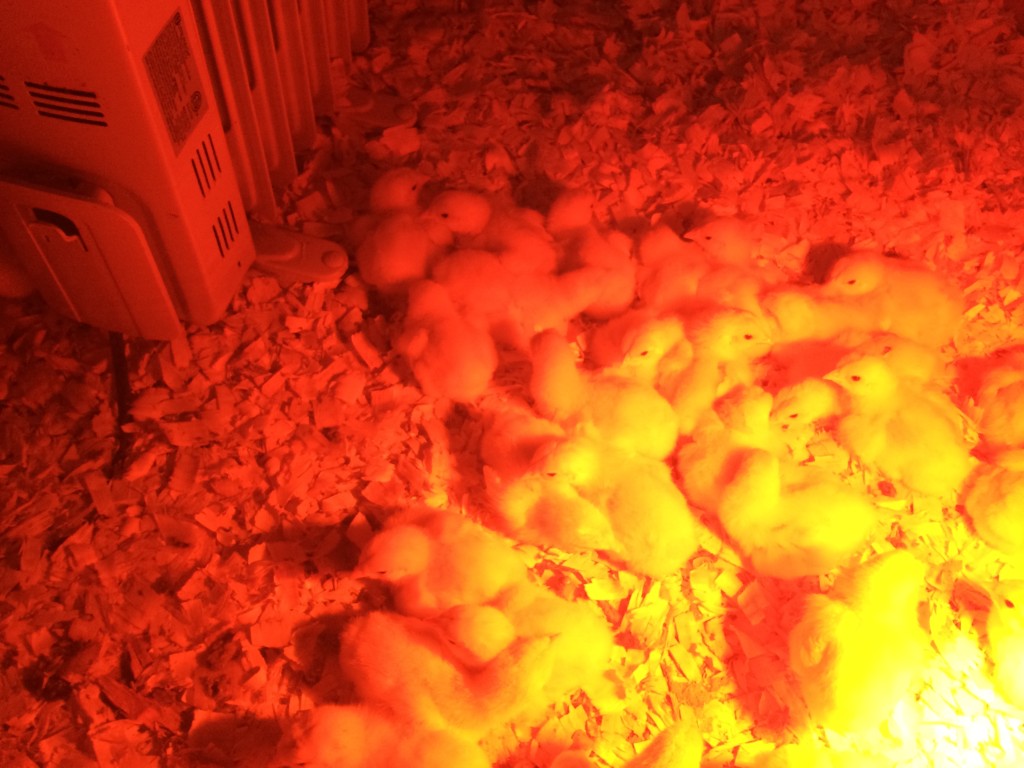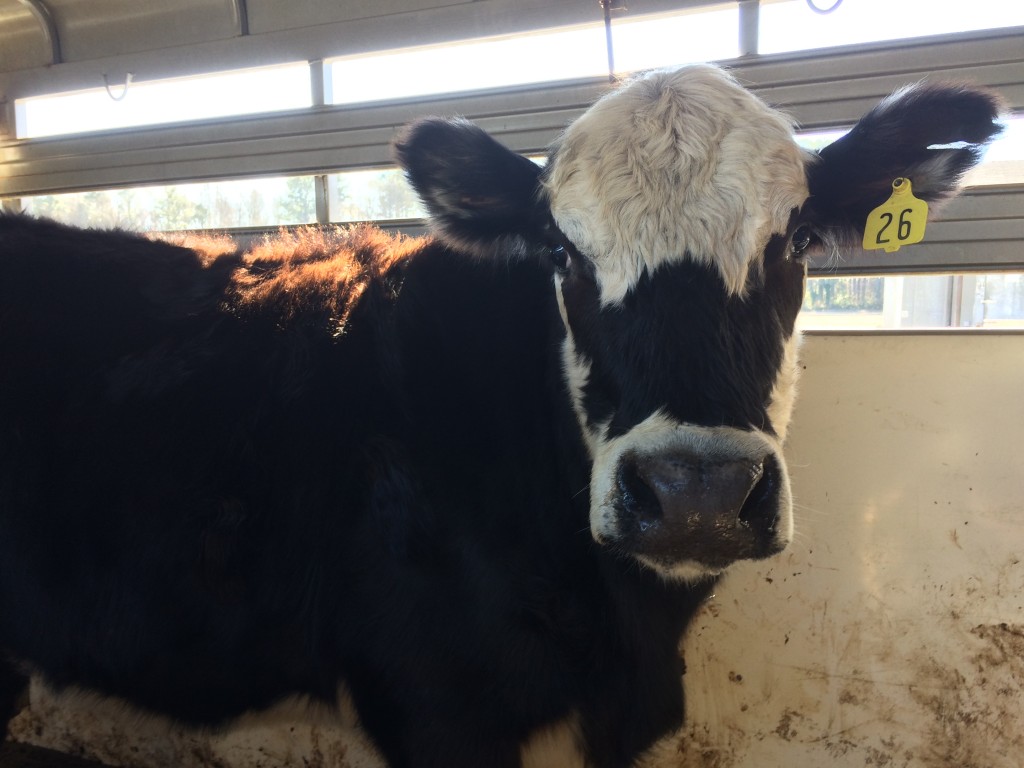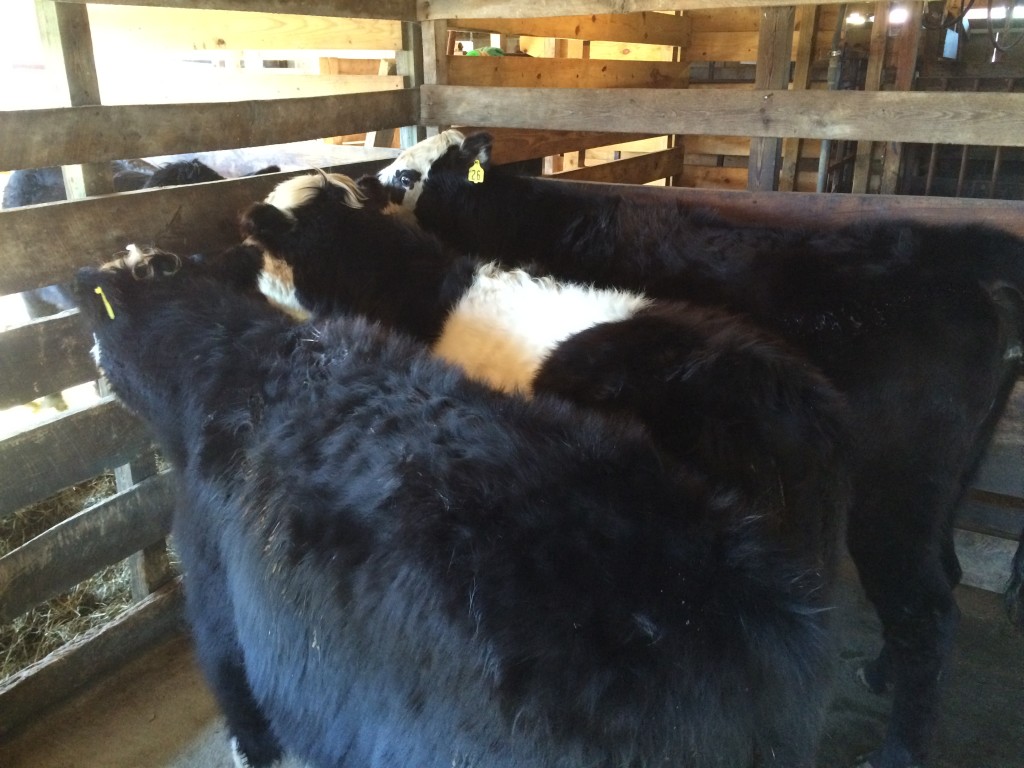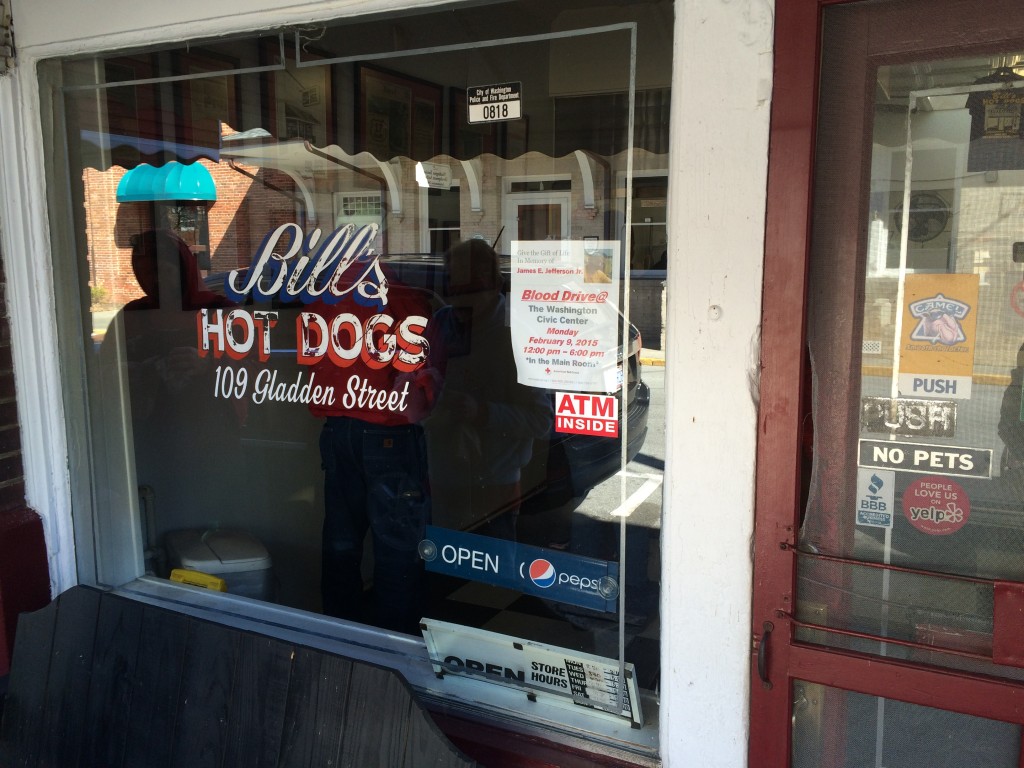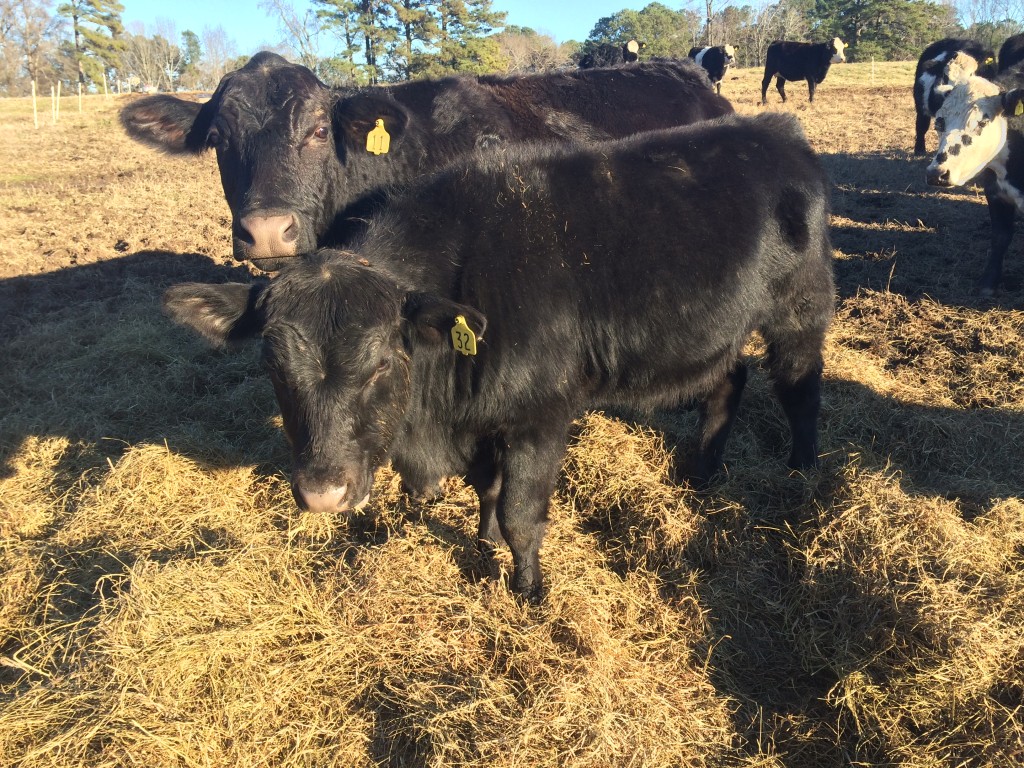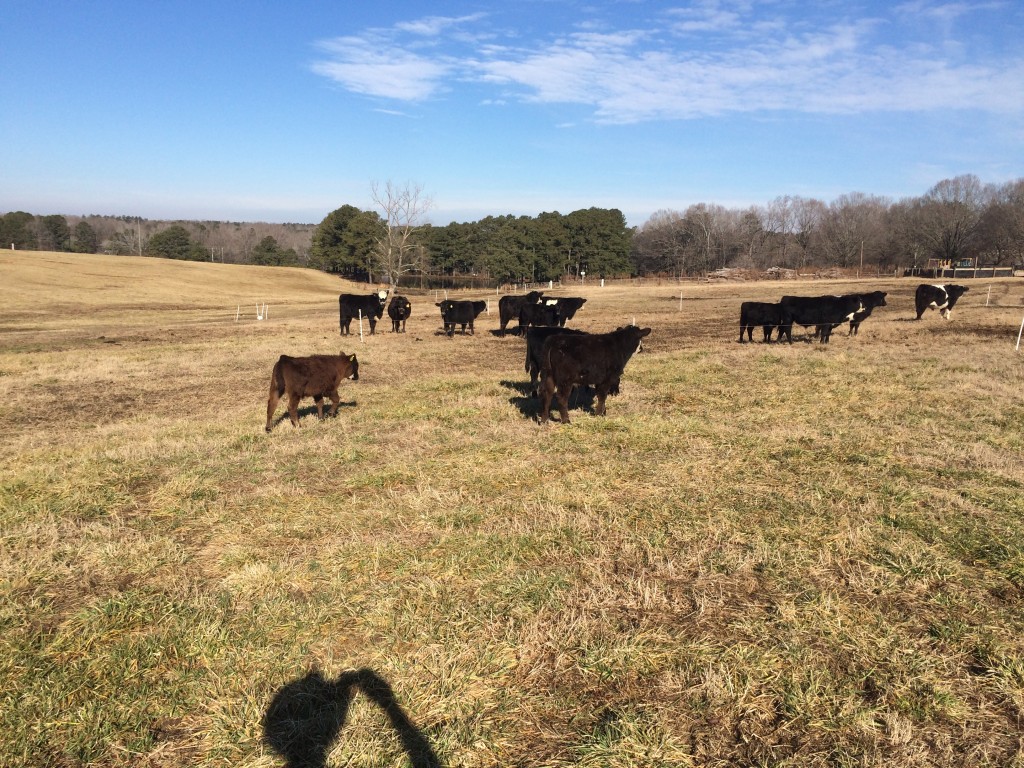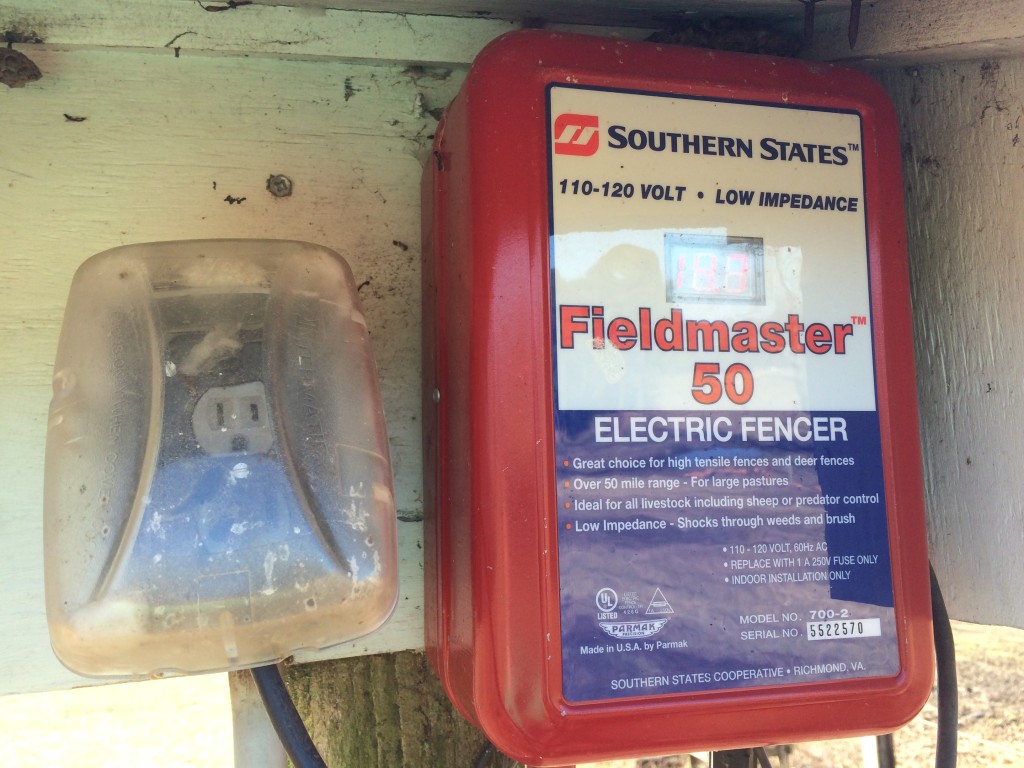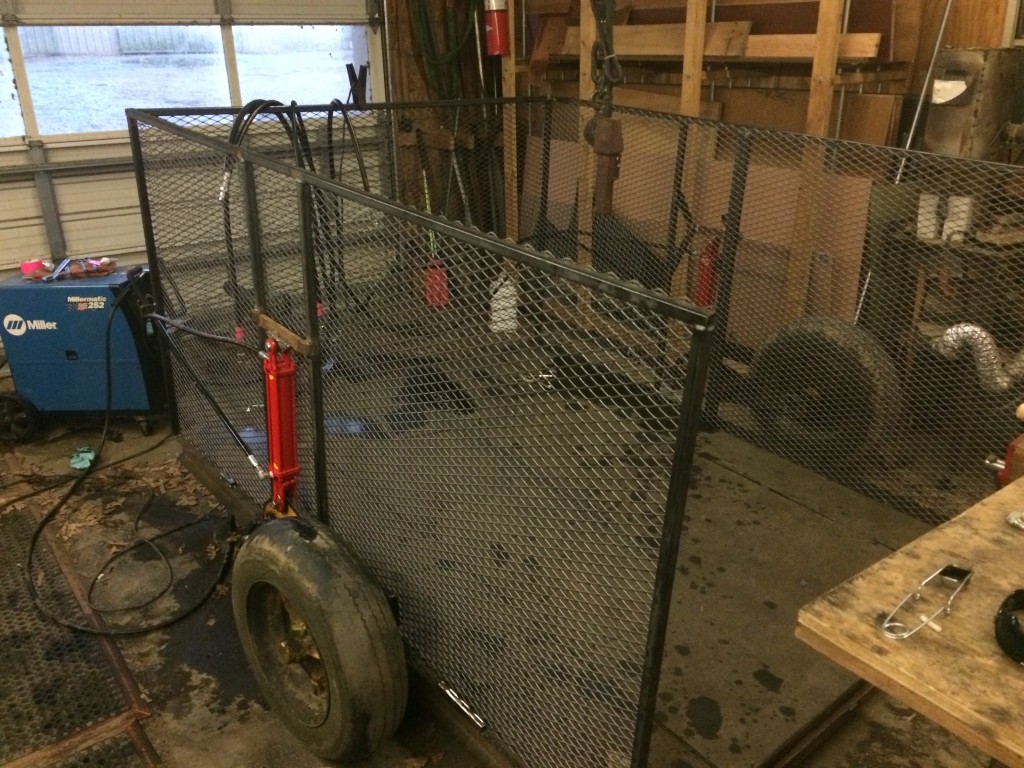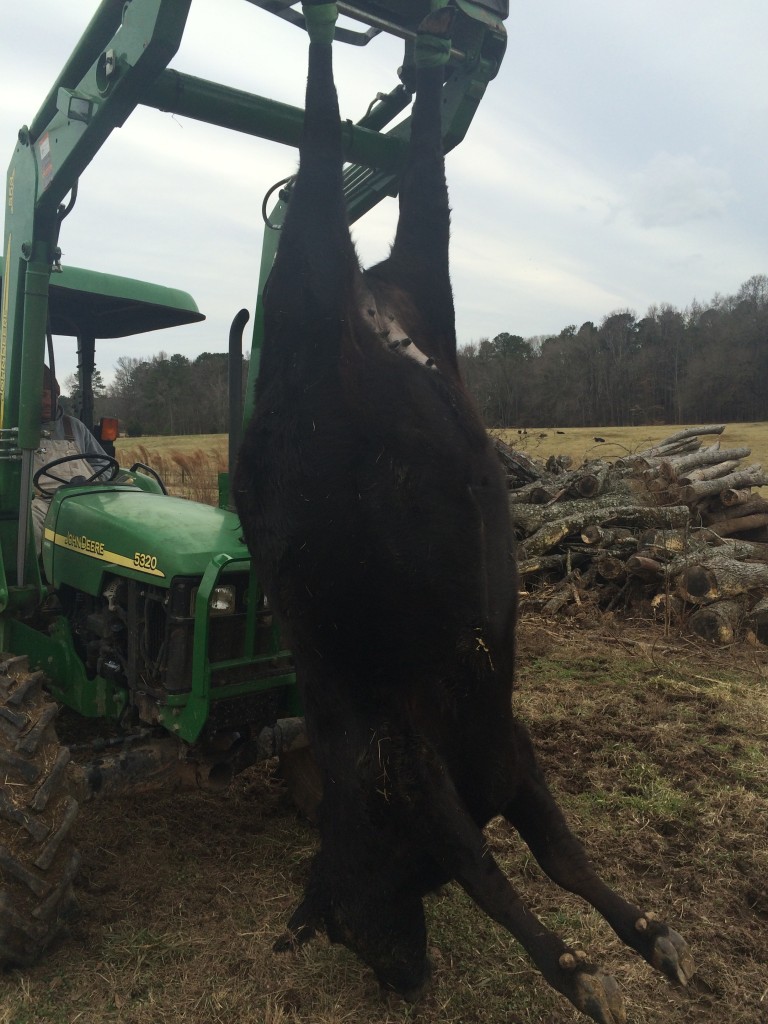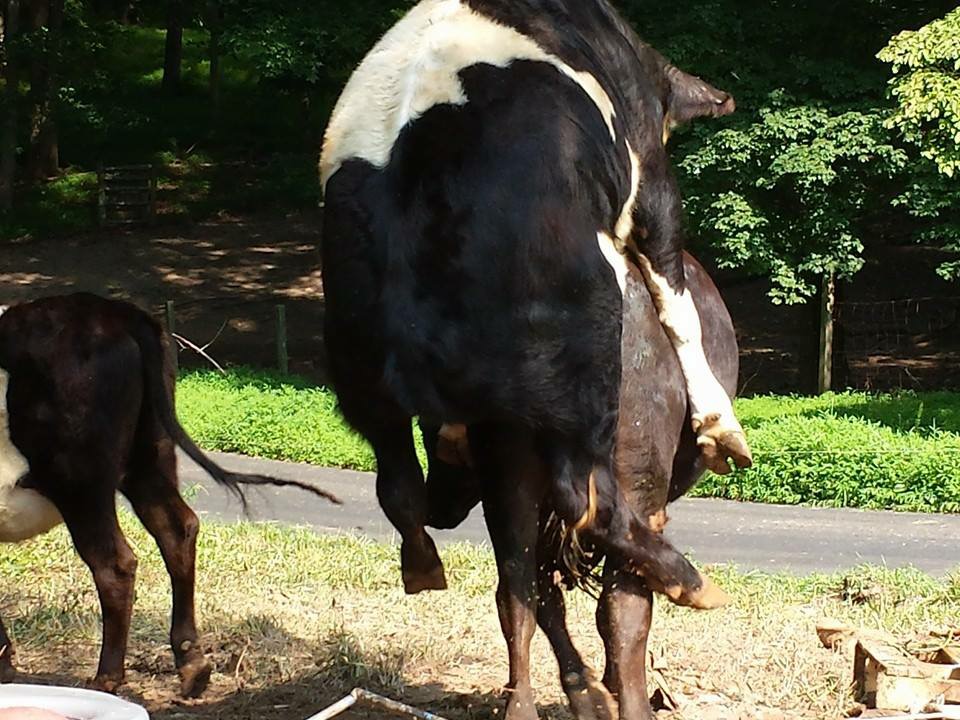Update 6 May 2020
This is the second most popular post on our website during the COVID-19 event. Because of the flood of requests that I am getting, I am updating this to the current situation. Short form: No, I won’t sell you a fraction of a cow.
Long form: We finish between 12-14 cows per year. That means that we have slots at the processor, booked months in advance, to get our 12-14 cows killed and cut. If I wanted to take an extra cow outside of that schedule, it would take me about 90 days to get on the schedule. So if you want a fraction, it will take 3 months.
Also, because we sell 12-14 cows per year, we produce 12-14 cows per year. I might sell a fraction of a cow maybe once per year. Maybe. During this pandemic, I could sell 2 whole cows PER DAY. I cannot, without doing something shady, produce 200 extra cows to take to the processor with short notice. It takes me at least one year and that is a rush job. Two years of ramp up would be better.
Lastly, most people who want a fraction of a cow have never bought one before. That means they are completely uneducated on what this process actually looks like. It takes a lot of time for us to educate and work with the first timers, and 90% of the time by the time we educate them on the reality of what is happening, they get cold feet and don’t buy. So I spend an hour with you. And an hour with your neighbor. Per day. Educating them about this process. That is two hours per day, every day. Of those 14 hours per week I spend on the phone, I actually end up completing transactions on 1-2 of them. That isn’t a very good return on my time when I’m already as busy as I can be.
Those are just the realities of growing and selling beef. So rather than drive myself crazy trying to chase sales we are just simply saying no to sales by the fraction and only selling by the cut in the store.
Btw, figure one whole cow sells for about $5000 all in. Times 2. Times 30 days per month. We’d do our annual sales in a couple of months if we actually said yes. So this isn’t me being grumpy. It is me being transparent and honorable. I’m not going to buy cattle on the market at the sale barn, call them my cows, pick a new processor that doesn’t know how we operate and doesn’t cut the meat correctly, and then hoist these not great cuts of beef on unsuspecting customers. I’d rather give up the revenue and sleep well at night.
End of update
I’ve had a glut of requests lately to buy a whole cow, or maybe 1/4 to 1/2 of a cow. I answer all these requests the same way. “Yes we can sell you a whole cow. No you don’t want it that way.”
Since I need to type a novel each time to answer questions and hopefully help the customer make an informed decision, I thought it would make sense to do a write up here that I can point customers to instead. Often I’m on my phone and my thumb typing ability isn’t that great.
First thing to understand is how a farmer goes to market selling meat. There are two main ways to go direct to market in NC. One is to sell by the fraction and one is to sell by the cut.
Selling by the fraction
Selling by the fraction is a legal exemption that small farmers can use to sell very easily right off of their farm. I fully support this exemption for farmers. When we started selling directly to the public, it was how we sold meat. Selling by the fraction means I have almost zero regulations to deal with. As long as I mark my meat “not for resale” and get names on the sheet with the processor BEFORE dropping off the cow, I’m legal.
What’s happening here is, legally, you are buying the cow before it is processed and turned into meat. There is no regulation about you processing your own animal because it’s yours. Picture a family processing their own cow. Mom and dad get 1/2, son gets 1/4 and daughter gets 1/4. There is no need for the government to be involved. When you buy a fraction of a cow, you just effectively became family to the farmer. That’s why the names need to be on the sheet prior to processing the animal, because whoever’s name is on the sheet is who actually owns the cow. You aren’t buying meat, you are buying a living animal. All the farmer is doing is taking your new cow to the processor for you as a service.
In reality, the names often don’t make it to the cut sheet with the processor and as long as nobody checks, it’s fine. It’s kind of like that old saying, it’s not illegal till you get caught. However the NCDA is aware of this grey area and is starting to crack down from what I’ve heard.
What this means to the consumer is that they are buying a portion of a cow, hopefully one they’ve actually looked at but most often not. The cow will go to a custom processor and will likely not be inspected by the USDA or the state inspectors. The cow will be packaged however that processor packages bulk meat. When we sold this way, it was wrapped in butcher paper, that’s it. The consumer will then get a portion of the cow, 100 pounds, 250 pounds, 500 pounds. In that portion will be steaks, hamburger, liver, neck bones, etc. Whatever your fraction of the total cuts, that’s what you get with your favorite cuts and the not so favorite cuts. It’s kind of like a CSA box of produce, except it is 6 bucks a pound. You’ll need a large freezer space and a hungry family to go through all the cuts. You’ll also need to find some recipes for cuts you aren’t used to cooking. It’s a grand adventure and one I enjoyed helping people with when we sold this way
The pluses of fractional buying:
- Large volume of meat, usually discounted.
- Chance to try different cuts than you are used to.
- Ready supply of meat in the freezer for parties, holiday gatherings, zombie outbreaks, etc.
- Convenience. You only go to the farm once to buy and eat for months off of one trip.
- No 2% sales tax. Because you technically “bought” the fraction of the cow while it is still alive, there is no sales tax on your meat.
The minuses of fractional buying:
- Cuts you may not want are part of the deal. The dog ends up eating some of them.
- You have no idea how the meat will taste till your freezer is bulging and your wallet is empty. (This is a big one, we once processed a cow in the spring that tasted like spring onions, Oops.)
- You need other families who want to buy the remaining fractions of the cow. This is the hardest part, getting everyone coordinated.
- You need to eat all the meat while it’s still relatively fresh in the freezer. A daunting task when you are staring at a full freezer.
- You need a dedicated freezer to store all the meat.
- You have to get in line and put your name on a cow in the future. That may be months away.
Selling by the cut
So the other way to buy meat from a farmer is to buy by the cut. This means that you buy a steak, or buy some hamburger, just like going to the grocery store. In order to sell this way, the farmer needs to get their NC meat handlers license and be inspected by the state. It also means that you animal will go in front of a USDA inspector or a state inspector at the processor. It will have a stamp on the carcass showing it was inspected. The labels on the packaging will also have all the legally required verbiage for safety and handling. Adding in these steps increases the cost for the farmer and therefore for the consumer.
The pluses of buying by the cut
- You can try before you buy by getting a few sample steaks from the farmer before any big purchases
- You can buy as much or as little as you want
- You can buy only the cuts you like
- You can usually buy when you want meat rather than having to wait till a cow is processed
- You can still get a discount by buying in bulk
- All the safety provisions of government inspections are in place, similar to the meat you buy at the store
The minuses of buying by the cut
- It costs a bit more due to the increased cost to the farmer
- You have to pay 2% sales tax (or 6.75% if you buy from a retailer)
- You won’t learn how to use neck bones and beef liver in the kitchen
Now, for someone who wants to purchase a bulk of beef by the cut, what we do is we simply offer a bulk discount for a large purchase. We can’t tell you the price per pound because we don’t limit you to a fraction of an animal. This means you can buy more steaks ($18 per lb) and less liver ($4 per lb) if you like which would affect your price per pound average. It also means you don’t need to buy 250 pounds of meat at one time if you so choose.
If you do want to go the route of a fraction of a whole animal, we can offer that, but you’ll have to wait till we process our next cow AND we have an available slot at the processor. Currently the backlog for slots at the processor is 90 days. You will also need to put your name and deposit down before we take the animal to the processor. Also, there is a chance you’ll have to drive to the processor to pick up your own meat however we will pick it up for you is allowed by the USDA.
The price per pound will be a flat fee of X dollars per pound, hot hanging weight (that is the price the processor charges us by). Plus you will pay your portion of the processing fee. The price per pound will be based on the current NCDA report for grass fed beef, in place at the time of your deposit. This price fluctuates so I cannot quote you a price here.
